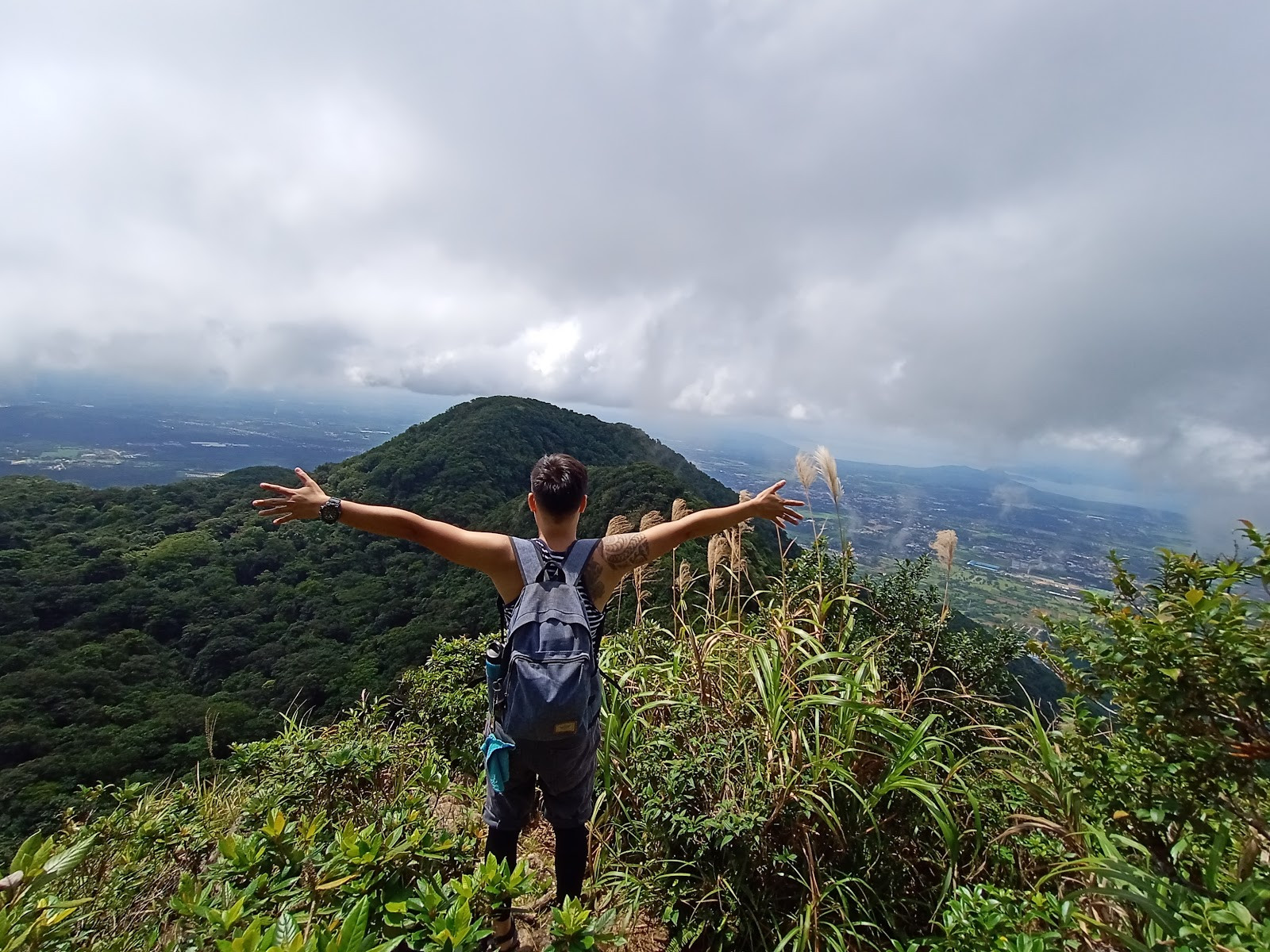svetlograd.org – Mount Makiling, a dormant volcano situated in the province of Laguna on the island of Luzon, Philippines, is a natural marvel steeped in legend and biodiversity. Known for its distinctive shape and lush vegetation, this mountain is a popular destination for nature enthusiasts, hikers, and those seeking to explore its rich cultural heritage.
Geographical and Ecological Features
Rising to approximately 1,090 meters (3,580 feet) above sea level, Mount Makiling is an iconic feature of the Laguna landscape. It is classified as a dormant volcano, with no recorded eruptions in historical times, yet its geothermal activity is evident in the form of hot springs scattered around its base.
The mountain serves as a biological haven, home to a vast array of flora and fauna. Its diverse ecosystems range from lowland dipterocarp forests to montane forests at higher altitudes. This biodiversity supports a variety of wildlife, including numerous endemic species of birds, mammals, and plants. The Philippine fairy-bluebird and the Luzon bleeding-heart are among the avian treasures found here.
Mythology and Cultural Importance
Mount Makiling is enveloped in local folklore, most famously associated with the legend of Maria Makiling, a mystical diwata or fairy believed to be the guardian of the mountain. Stories of her beauty and benevolence are woven into the cultural fabric of the region, symbolizing the mountain’s protective nature and the reverence it commands among the local population.
Recreational Activities and Trails
For outdoor enthusiasts, Mount Makiling offers a range of activities, from leisurely strolls to challenging hikes. The most popular trail is the Makiling Trail, accessible via the University of the Philippines Los Baños (UPLB) campus. This trail takes hikers through dense forests, offering glimpses of the mountain’s rich biodiversity and scenic vistas.
The trek culminates at Peak 2, the highest accessible point, where hikers can enjoy panoramic views of the surrounding provinces. Along the way, visitors may encounter natural hot springs, waterfalls, and unique plant species, making the journey both refreshing and educational.
Conservation Efforts
Recognizing its ecological and cultural significance, Mount Makiling is protected as part of the Makiling Forest Reserve. Conservation efforts are focused on preserving its biodiversity and promoting sustainable tourism. The University of the Philippines Los Baños plays a key role in managing these efforts, conducting research and fostering community involvement in conservation initiatives.
Conclusion
Mount Makiling stands as a testament to the Philippines’ rich natural heritage and cultural legacy. Its dormant volcanic presence, coupled with its lush ecosystems and mythical allure, make it a captivating destination for those seeking adventure and enlightenment. As conservation efforts continue to safeguard this natural treasure, Mount Makiling remains a symbol of the harmonious coexistence between nature and culture, inviting visitors to explore its wonders while cherishing its stories.
